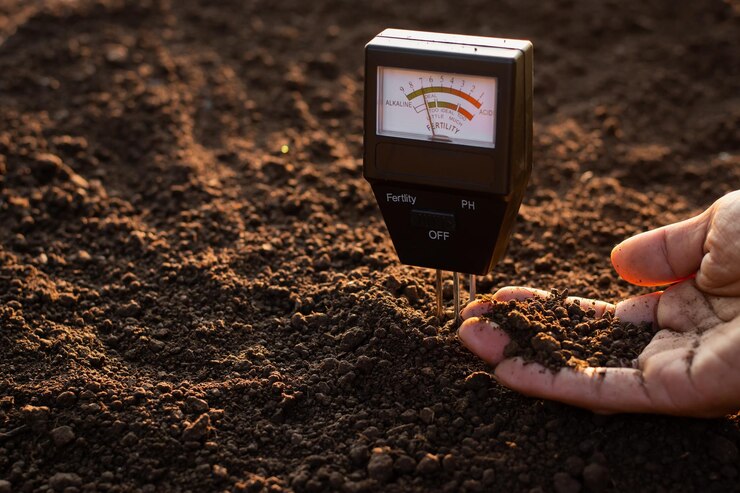Soil testing is one of the most important steps in growing healthy crops, yet many farmers and gardeners struggle to understand what the results actually mean. A soil test can reveal crucial information about nutrient levels, pH balance, and soil health — but unless you know how to interpret the data, it’s easy to overlook problems or apply the wrong solutions.
When you receive your soil test report, it may look like a table filled with numbers and chemical abbreviations. These values reflect the levels of key nutrients like nitrogen (N), phosphorus (P), potassium (K), calcium (Ca), magnesium (Mg), and micronutrients such as zinc (Zn), copper (Cu), and iron (Fe). Each of these nutrients plays a unique role in plant growth. For example, nitrogen promotes leafy growth, phosphorus supports root development, and potassium strengthens the plant’s overall health and resistance to disease.
The report will typically include measurements in parts per million (ppm) or kilograms per hectare, along with a rating such as “low,” “medium,” “optimal,” or “high.” A “low” level means your soil is deficient in that nutrient and needs to be supplemented, while “high” might indicate excess that could harm plants or leach into waterways.
Another key part of the test is the soil pH — a measure of how acidic or alkaline the soil is. Most crops grow best in slightly acidic to neutral soil (pH 6.0 to 7.0), but some plants prefer more specific ranges. If the pH is too high or too low, it can prevent plants from absorbing nutrients even if they are present in the soil. For example, an acidic soil (pH below 5.5) can reduce phosphorus availability, while an alkaline soil (above pH 7.5) can lead to iron or zinc deficiencies.
Cation exchange capacity (CEC) is another term you might see on the report. CEC measures the soil’s ability to hold onto essential nutrients and release them to plant roots. A higher CEC means the soil can store more nutrients, which is generally better for long-term fertility. Sandy soils usually have a lower CEC, while clay and organic-rich soils tend to have a higher one.
Base saturation refers to the percentage of your soil’s exchange sites that are occupied by essential nutrients like calcium, magnesium, potassium, and sodium. An ideal balance helps maintain good soil structure and nutrient availability. For example, if the base saturation of magnesium is too high compared to calcium, it can lead to compacted soil and poor root penetration.
The soil test may also include recommendations for fertilizer application. These are based on the crop you plan to grow and the current nutrient levels in your soil. Following these recommendations can help you avoid under- or over-fertilizing, which saves money and protects the environment.
Interpreting soil test results doesn’t require a degree in chemistry, but it does require some attention to detail and a basic understanding of plant nutrition. If you’re unsure about your results, consult with an agricultural extension officer, soil expert, or local agronomist. They can help you create a customized soil management plan to improve your yields and soil health over time.
Regular soil testing, ideally every 2 to 3 years, helps track changes and refine your nutrient management practices. By learning how to interpret soil test results, you can make smarter decisions that lead to healthier plants, higher productivity, and more sustainable farming or gardening practices.
Join 'Farmers Mag' WhatsApp Channel
Get the latest Farming news and tips delivered straight to your WhatsApp
CLICK HERE TO JOIN






